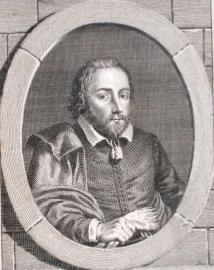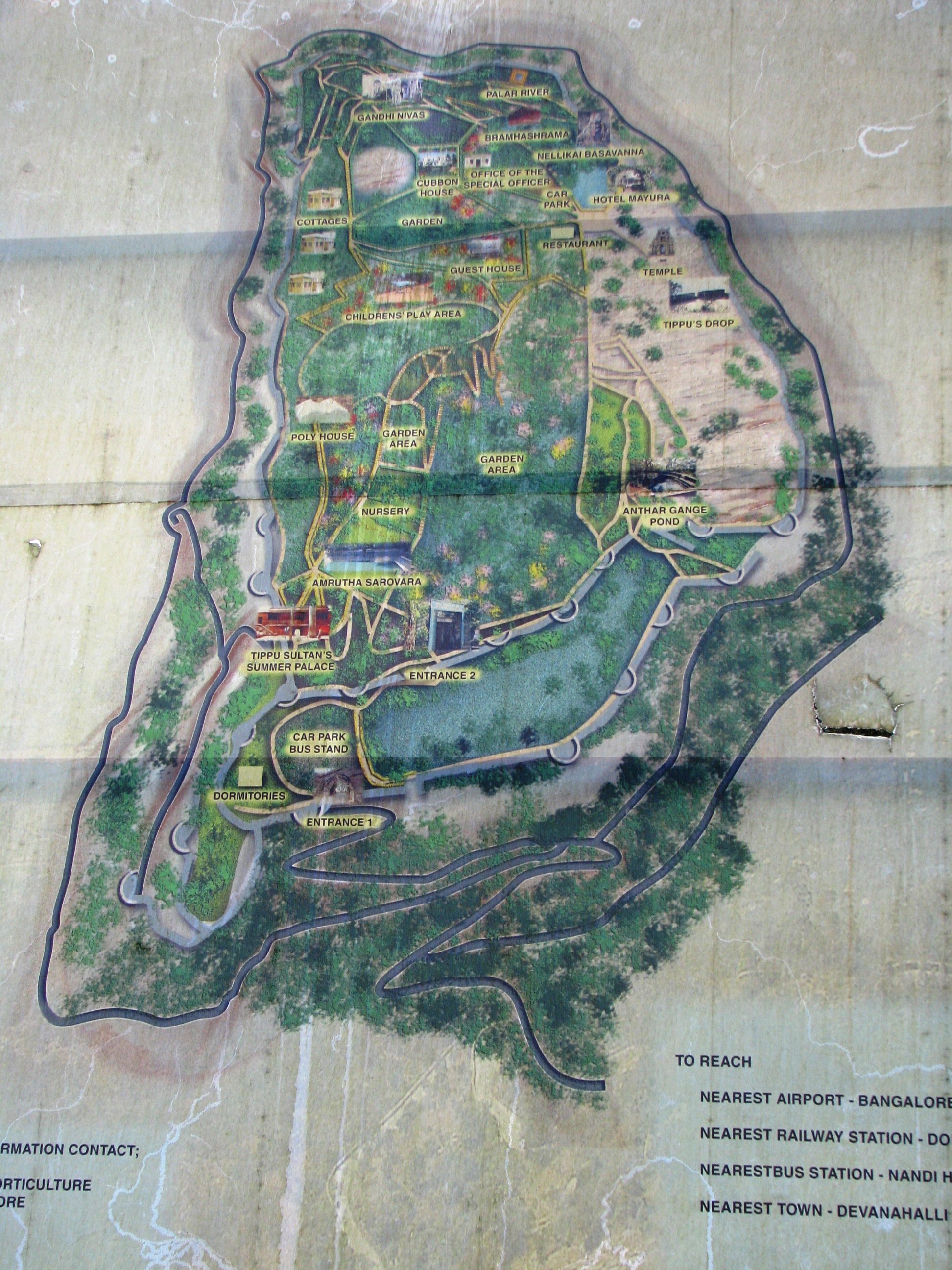|
Francis Cunningham (Indian Army Officer)
Francis Cunningham (1820 – 3 December 1875) was an officer in the Madras Army, member of the Mysore Commission as secretary to Mark Cubbon, and a literary editor. He published a three volume revised edition of Gifford's ''Works of Ben Jonson'' in 1871. Cunningham road in Bangalore is named after him. Life Francis Cunningham was the son of the poet Allan Cunningham and the younger brother of historian Joseph Davey (1812–1851, who wrote on the ''History of the Sikhs''), (1816–1869), author and literary editor and archaeologist Sir Alexander Cunningham (1814–1893, who founded the Archaeological Survey of India), who also spent most of their working lives in India. His younger brother Peter Cunningham (1816–1869) also became a literary editor, best known for his ''Handbook of London''. The brothers' cadetships were obtained through a friend of their father's, Sir Walter Scott, who was extremely friendly with Robert Dundas and others with a Scottish background who had be ... [...More Info...] [...Related Items...] OR: [Wikipedia] [Google] [Baidu] |
Francis Cunningham (aged 20) By Sir Francis Chantrey
*
{{hndis, Cunningham, Francis ...
Francis Cunningham may refer to: * Francis Cunningham (Indian Army officer) (1820–1875), British Indian Army officer * Francis Cunningham (painter) (born 1931), American artist * Francis A. Cunningham (1804–1864), U.S. Representative from Ohio * Francis M. Cunningham (1837–1919), American Civil War soldier See also *Frank Cunningham (other) Frank Cunningham may refer to: *Frank Cunningham (politician), Canadian lawyer and public servant *Frank Cunningham (cricketer) (born 1962), Jamaican cricketer *Frank Cunningham (rally driver), see Sno*Drift *Frank Cunningham, actor in ''Jesse James ... [...More Info...] [...Related Items...] OR: [Wikipedia] [Google] [Baidu] |
Lal Bagh
Lalbagh Botanical Garden or simply Lalbagh (), is a botanical garden in Bengaluru, India, with an over 200-year history. First planned and laid out during the dalavayi, dalavaiship of King Hyder Ali, the garden was later managed under numerous British superintendents before Indian Independence. It was responsible for the introduction and propagation of numerous ornamental plants as well as those of economic value. It also served a social function as a park and recreational space, with a central Greenhouse, glass house dating from 1890 which was used for flower shows. In modern times, it hosts two flower shows coinciding with the week of Republic Day (India), Republic Day (26 January) and Independence Day (India), Independence Day (15 August). As an urban green space along with Cubbon Park, it is also home to numerous wild species of birds and other wildlife. The garden also has a lake adjoining a large rock on which a watchtower had been constructed during the reign of Kempegowd ... [...More Info...] [...Related Items...] OR: [Wikipedia] [Google] [Baidu] |
British East India Company Army Officers
British may refer to: Peoples, culture, and language * British people, nationals or natives of the United Kingdom, British Overseas Territories and Crown Dependencies. * British national identity, the characteristics of British people and culture * British English, the English language as spoken and written in United Kingdom of Great Britain and Northern Ireland and, more broadly, throughout the British Isles * Celtic Britons, an ancient ethno-linguistic group * Brittonic languages, a branch of the Insular Celtic language family (formerly called British) ** Common Brittonic, an ancient language Other uses *People or things associated with: ** Great Britain, an island ** British Isles, an island group ** United Kingdom, a sovereign state ** British Empire, a historical global colonial empire ** Kingdom of Great Britain (1707–1800) ** United Kingdom of Great Britain and Ireland (1801–1922) * British Raj, colonial India under the British Empire * British Hong Kong, colonial H ... [...More Info...] [...Related Items...] OR: [Wikipedia] [Google] [Baidu] |
Francis Leggatt Chantrey
Sir Francis Leggatt Chantrey (7 April 1781 – 25 November 1841) was an English sculptor. He became the leading portrait sculptor in Regency era Britain, producing busts and statues of many notable figures of the time. Chantrey's most notable works include the statues of King George IV (Trafalgar Square); King George III (Guildhall), and George Washington (Massachusetts State House). He also executed four monuments to military heroes for St Paul's Cathedral, London. He left the ''Chantrey Bequest'' (or ''Chantrey Fund'') for the purchase of works of art for the nation, which was available from 1878 after the death of his widow. Life Chantrey was born at Jordanthorpe near Norton (then a Derbyshire village, now a suburb of Sheffield), where his family had a small farm. His father, who also dabbled in carpentry and wood-carving, died when Francis was twelve; and his mother remarried, leaving him without a clear career to follow. At fifteen, he was working for a grocer in Sheffie ... [...More Info...] [...Related Items...] OR: [Wikipedia] [Google] [Baidu] |
Ben Jonson
Benjamin Jonson ( 11 June 1572 – ) was an English playwright, poet and actor. Jonson's artistry exerted a lasting influence on English poetry and stage comedy. He popularised the comedy of humours; he is best known for the satire, satirical plays ''Every Man in His Humour'' (1598), ''Volpone, Volpone, or The Fox'' (), ''The Alchemist (play), The Alchemist'' (1610) and ''Bartholomew Fair (play), Bartholomew Fair'' (1614) and for his Lyric poetry, lyric and epigrammatic poetry. He is regarded as "the second most important English dramatist, after William Shakespeare, during the reign of James VI and I, James I."The Editors of Encyclopaedia Britannica (12 June 2024)"Ben Jonson" ''Encyclopedia Britannica''. Archived frothe originalon 12 July 2024. Jonson was a Classics, classically educated, well-read and cultured man of the English Renaissance with an appetite for controversy (personal and political, artistic and intellectual). His cultural influence was of unparalleled breadth ... [...More Info...] [...Related Items...] OR: [Wikipedia] [Google] [Baidu] |
Philip Massinger
Philip Massinger (1583 – 17 March 1640) was an English dramatist. His plays, including '' A New Way to Pay Old Debts'', '' The City Madam'', and '' The Roman Actor'', are noted for their satire and realism, and their political and social themes. Early life The son of Arthur Massinger or Messanger, he was baptised at St. Thomas's Salisbury on 24 November 1583. He apparently belonged to an old Salisbury family, for the name occurs in the city records as early as 1415. He is described in his matriculation entry at St. Alban Hall, Oxford (1602), as the son of a gentleman. His father, who had also been educated at St. Alban Hall, was a member of parliament, and was attached to the household of Henry Herbert, 2nd Earl of Pembroke. Herbert recommended Arthur in 1587 for the office of examiner in the Court of the Marches. William Herbert, 3rd Earl of Pembroke, who would come to oversee the London Stage and the royal company as King James's Lord Chamberlain, succeeded to th ... [...More Info...] [...Related Items...] OR: [Wikipedia] [Google] [Baidu] |
Christopher Marlowe
Christopher Marlowe ( ; Baptism, baptised 26 February 156430 May 1593), also known as Kit Marlowe, was an English playwright, poet, and translator of the Elizabethan era. Marlowe is among the most famous of the English Renaissance theatre, Elizabethan playwrights. Based upon the "many imitations" of his play ''Tamburlaine'', modern scholars consider him to have been the foremost dramatist in London in the years just before his mysterious early death. Some scholars also believe that he greatly influenced William Shakespeare, who was baptised in the same year as Marlowe and later succeeded him as the preeminent Elizabethan playwright. Marlowe was the first to achieve critical reputation for his use of blank verse, which became the standard for the era. His plays are distinguished by their overreaching protagonists. Themes found within Marlowe's literary works have been noted as humanistic with realistic emotions, which some scholars find difficult to reconcile with Marlowe's "anti ... [...More Info...] [...Related Items...] OR: [Wikipedia] [Google] [Baidu] |
Clarendon Road
Clarendon Road is a street in the Royal Borough of Kensington and Chelsea, in the Notting Hill district of West London. It runs roughly south to north from Holland Park Avenue. It is named after George Villiers, 4th Earl of Clarendon, who was Lord Privy Seal when the road was built. The suffragists Emmeline Pankhurst and her daughter Christabel Pankhurst lived at no. 50, where in 2006 an English Heritage blue plaque was erected. A later resident, Mark Arnold-Forster, journalist and author, lived there until his death in 1981. The author Arthur Machen Arthur Machen ( or ; 3 March 1863 – 15 December 1947) was the pen-name of Arthur Llewellyn Jones, a Welsh people, Welsh author and mysticism, mystic of the late 19th and early 20th centuries. He is best known for his influential supernatural ... (1863–1947) lived at no. 23, and in the 1880s wrote of his life here in his memoirs ''Far Off Things'' (1922) and ''Things Near and Far'' (1923). The Embassy of Tajikistan in ... [...More Info...] [...Related Items...] OR: [Wikipedia] [Google] [Baidu] |
Lewin Bentham Bowring
Lewin Bentham Bowring (1824–1910) was a British Indian civil servant in British India who served as the Chief Commissioner of Mysore between 1862 and 1870. He was also an author and man of letters. Early life Bowring was born in 1824. He was the second son of Sir John Bowring (1792-1872), of Exeter, Devon, Governor of Hong Kong, and was a brother of John Charles Bowring and Edgar Alfred Bowring. He was educated at Mount Radford School. Career Bowring joined the Bengal Civil Service in 1843. He became Assistant Resident at Lahore in 1847, and later joined the Punjab commission. From 1858 to 1862, he was private secretary to the Viceroy of India, Lord Canning. Bowring served as Chief Commissioner of Mysore from 1862 to 1870. This was during the period between 1831 and 1881 when the Maharaja of Mysore had been dispossessed of his state by the British Raj and Mysore was being administered by the ''Mysore Commission''. The Bowring Institute in Bangalore, which was founded b ... [...More Info...] [...Related Items...] OR: [Wikipedia] [Google] [Baidu] |
Nandi Hills, India
Nandi Hills (Anglicised forms include ''Nandidurg'' and ''Nandydoorg'') is an ancient hill fortress built by Ganga Dynasty in the Chikkaballapur district of Karnataka state. It is now a locality situated 10 km from Chickballapur town and approximately 60 km from Bengaluru. The hills are near the town Nandi. In traditional belief, the hills are the origin of the Arkavathy river, Ponnaiyar River, Palar River, Papagni River and Penna River. Watching the sunrise at Nandi Hills is popular with tourists. The second SAARC summit was held at Nandi Hills in 1986. Etymology There are many stories about the origin of the name Nandi Hills. During the Chola period, Nandi Hills was called Anandagiri meaning The Hill of Happiness. It is also perhaps called Nandi Hills because the hills resemble a sleeping bull. It is also said that the Yoga Nandeeshwara performed penance here after whom the place is named. Another theory holds that the hill gets its name from an ancient, 1300-year ... [...More Info...] [...Related Items...] OR: [Wikipedia] [Google] [Baidu] |





